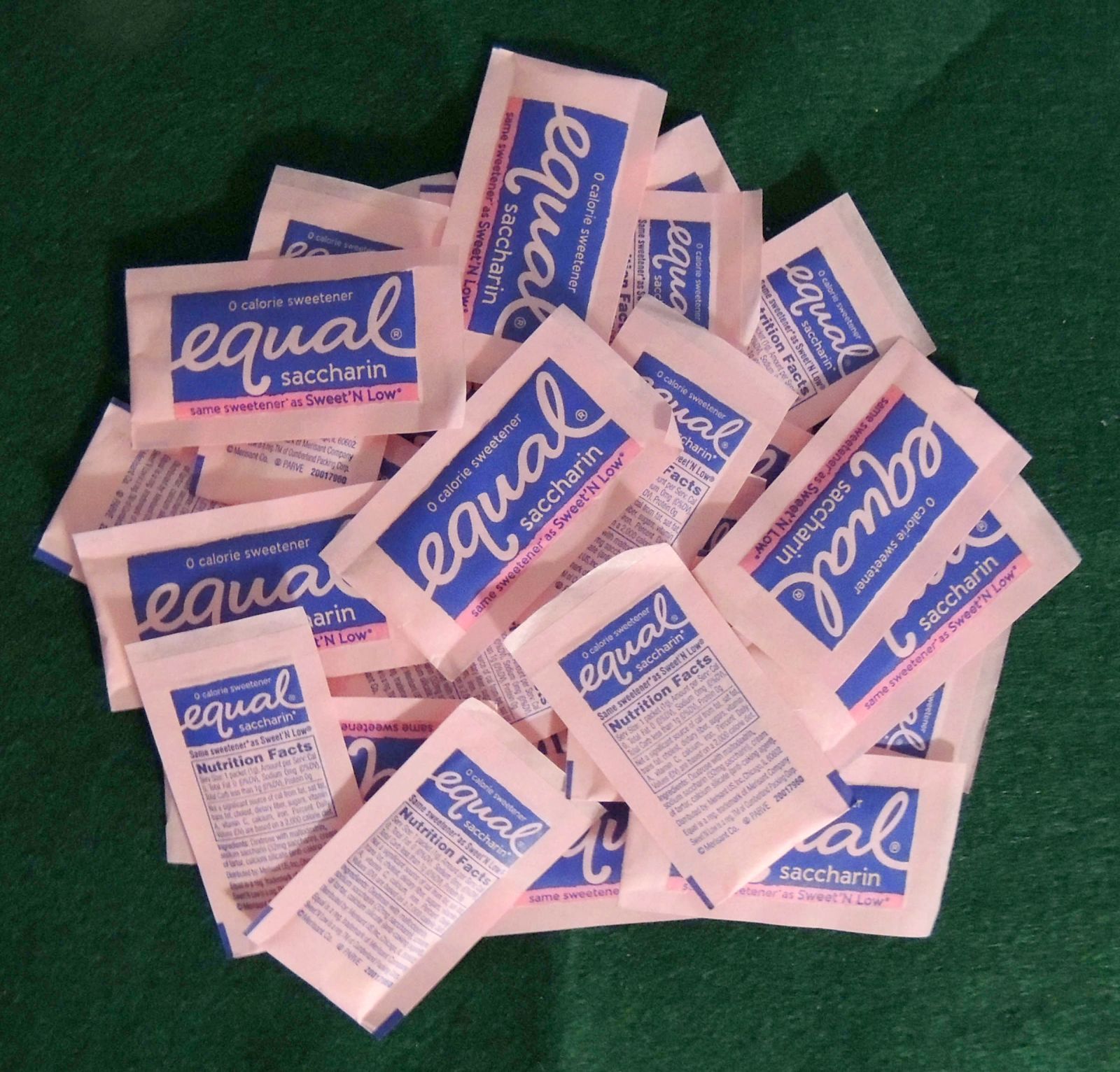This sweetener kills drug-resistant superbugs 🍬
Follow us on Google News (click on ☆)
Researchers from Brunel University London discovered that saccharin can kill antibiotic-resistant bacteria. This compound, used for over a century, damages bacterial cell walls, causing them to burst. It also makes bacteria more sensitive to existing antibiotics.
The international team tested saccharin on bacteria like Acinetobacter baumannii and Pseudomonas aeruginosa. These pathogens, classified as priority by WHO, cause serious infections. Saccharin disrupts their growth and prevents the formation of protective biofilms.
A concrete application of this discovery is a saccharin-impregnated wound dressing. It proved more effective than silver-based dressings used in hospitals. This innovation could profoundly change the treatment of infected wounds.
Professor Ronan McCarthy emphasizes the urgency of finding new solutions against antibiotic resistance. With millions of annual deaths linked to this phenomenon, saccharin offers a promising lead. Its safe use in food facilitates therapeutic adoption.
Antibiotic resistance is a growing problem, exacerbated by overuse. Saccharin, by enhancing the action of existing antibiotics, could delay the advent of a post-antibiotic era. This innovative approach opens new perspectives in medicine.
Next steps include clinical trials to evaluate saccharin's effectiveness in humans. If results are conclusive, this compound could quickly be integrated into treatment protocols. Its low cost and availability make it an accessible solution.
This discovery reminds us of the importance of reevaluating existing compounds for medical applications. Saccharin, long considered only as a sweetener, could save lives.
How does saccharin kill resistant bacteria?
Saccharin works by damaging bacterial cell walls, causing them to distort and burst. This mechanism is crucial because it also allows antibiotics to penetrate bacteria more easily, bypassing their resistance mechanisms.
In addition to destroying cell walls, saccharin interferes with bacterial DNA replication. This prevents bacteria from multiplying and forming biofilms, structures that protect them against antibiotics.
This dual action makes saccharin a particularly effective antimicrobial agent. Unlike traditional antibiotics, it targets multiple bacterial life processes simultaneously, reducing the risk of resistance development.
